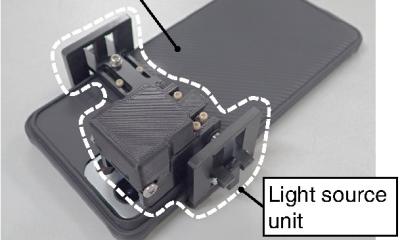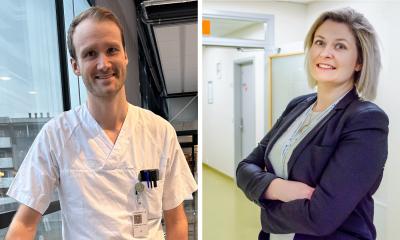AACC News
New tests to diagnose and monitor diabetes
Researchers have successfully tested two new potential methods for diagnosing and monitoring diabetes in its standard and gestational forms. These findings, presented at the 2015 AACC Annual Meeting & Clinical Lab Expo in Atlanta, may lead to easier, timelier, and more affordable ways of identifying and treating this chronic disease.

Globally, diabetes affects an estimated 9 percent of adults and is directly responsible for about 1.5 million deaths each year, according to the World Health Organization. Most of those deaths occur in low- and middle-income countries whose populations have less access to advanced labs and clinics. Diabetes is also a leading cause worldwide of cardiovascular disease, kidney failure, blindness, and lower limb amputations.
The exact prevalence of gestational diabetes—a form of the disease that occurs only during pregnancy—is unknown, but global estimates range from 1 percent to 14 percent of all pregnancies. In pregnant women, diabetes can lead to serious health problems for both mother and baby, particularly when it remains untreated and uncontrolled. Women with gestational diabetes are at increased risk of preeclampsia (a condition characterized by dangerously high blood pressure and excess protein in the urine) and of having complicated and potentially life-threatening deliveries.
Quick test for gestational diabetes
A team of researchers led by Sridevi Devaraj, PhD, director of clinical chemistry at Texas Children’s Hospital and a professor at Baylor College of Medicine in Houston, set out to determine if they could identify a new blood test for gestational diabetes. Today’s standard test, which measures levels of the biomarker glycated hemoglobin (HbA1c), has limited usefulness when the disease develops during pregnancy. The HbA1c test measures the patient’s average glucose blood levels over a period of three months; it can not be used to determine a patient’s blood glucose values on a daily—or even on a weekly—basis. This makes it challenging to closely track glucose levels during the relatively few weeks of pregnancy, especially given that gestational diabetes is not diagnosed until the third trimester.
Using stored blood samples collected from 124 pregnant women, Devaraj and her colleagues measured the levels of three separate types of proteins. They found that the levels of one of the proteins—1,5-Anhydroglucitol (1,5-AG)—were significantly different between the women who had been diagnosed with gestational diabetes and those who had not. The researchers were also able to establish a specific cut-off level at which the concentration of 1,5-AG became a reliable predictor of which women had diabetes.
One of the potential advantages of 1,5-AG as a biomarker for gestational diabetes is its short “half-life”: two weeks compared to HbA1c’s three months. “Our findings are very preliminary and need to be confirmed in larger groups of women,” said Devaraj, “but, if confirmed, they suggest a possible new and more immediate approach for diagnosing and monitoring diabetes during pregnancy.”
Using fingernail clippings to test for diabetes
For the second study, a team of Belgium researchers, led by Joris R. Delanghe, MD, PhD, of the Department of Clinical Chemistry, Microbiology, and Immunology at Ghent University, investigated whether fingernail clippings could be used instead of blood to diagnose and monitor diabetes. They collected nail clippings from 25 people with diabetes and 25 people without the disease. After grinding the clippings into powder, the researchers used a relatively inexpensive instrument known as a spectrometer to measure how much the protein in the nails had bonded with sugar molecules, a process known as glycation.
“We found a striking difference in the measurements between the control group and the patients with diabetes,” said Delanghe. “This finding suggests that nail clippings may serve as a reliable and non-invasive diagnostic tool.”
This finding has the potential of making diagnosing diabetes much simpler and less expensive. Nail clippings, unlike blood samples, can be obtained non-invasively. They also take up little space and can be stored at room temperature for at least one month without affecting spectrometer outcomes. That factor may make this proposed test particularly useful in low- and middle-income countries, where laboratories are often located long distances from where patients live, said Delanghe.
Source: AACC
29.07.2015











